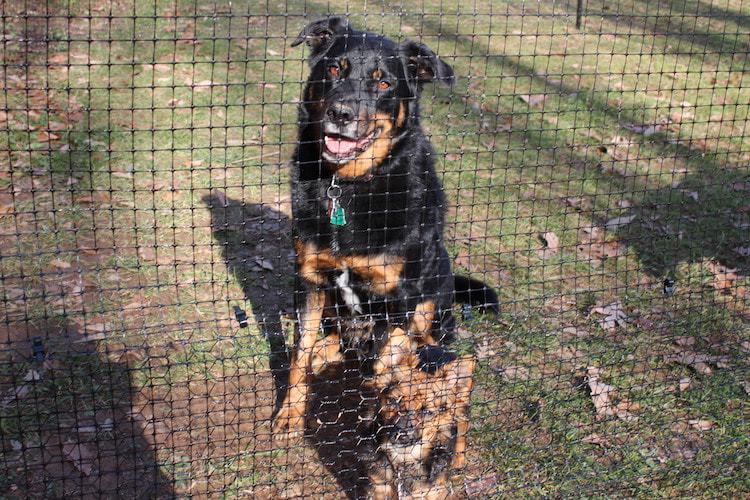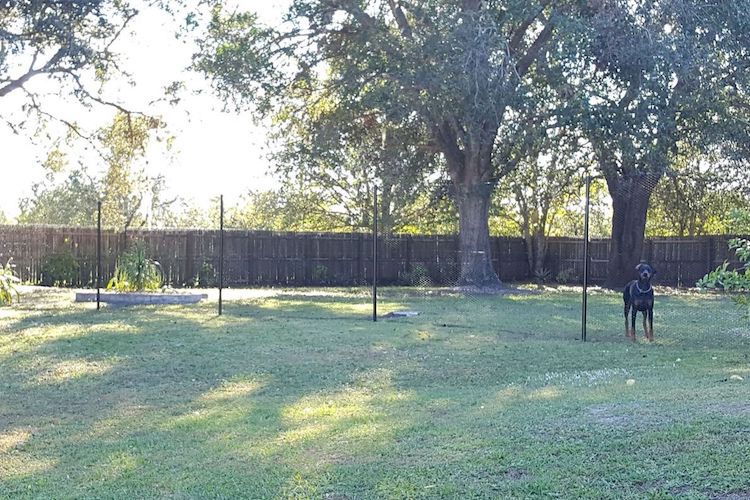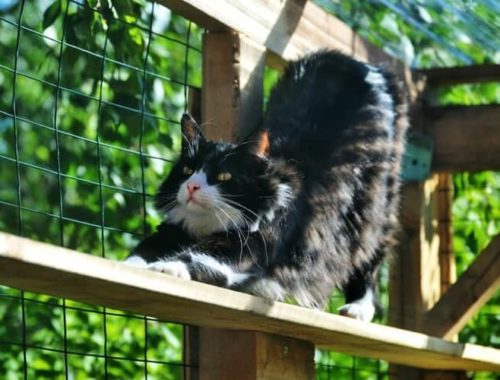Pet owners know that dogs need an accessible area to run and play; and that is why they are keen on the idea of a dog fence for their yard. While pet owners want a reliable fence for their dog, they admit that the price tag may dictate one type of fence over another. Therefore, most pet owners usually decide to install chain-link or invisible dog fencing in the yard; but there are reasons why pet owners should turn their heads away from these fences. Learn why these types of fences are not recommended for owners and their dogs.
Chain Link Fence
Chain-link fences are the gold standard for dog fences in the United States; however, they really deserve silver medal status. Many dog owners turn to chain-link fences for several reasons: They are common; require little maintenance; last forever; and are impervious to termites and nuisance animals. However, chain-link fences have more cons than pros. For homeowners, chain-link fences are a pain to install and will involve hiring a professional installer to do the handy work. (This will add to the cost of the fence system.) Chain-link cheapens the look of a house and will corrode over time. What’s worse, the rusted fence can become a health issue for animals and isn’t environmentally friendly.
Invisible Dog Fence
While chain-link fence isn’t the best choice for dog fencing, it is suggested over invisible dog fences. This type of fence is the most inhumane fence for dogs on the market. It uses electric pulses to send a shock to the dog as a training tool. The problem is that dogs will fear wandering around the perimeter of a yard because they are afraid to get hurt. Wireless fences may be low-maintenance and decorative on landscapes, but they are physically and psychologically abusive to animals.
Alternative Solutions
Pet owners should consider using poly (plastic) or metal dog fences with PVC-coating as an alternative to chain-link and wireless fences.
Poly dog fences are recommended for puppies, small dogs or calm breeds that simply wish to roam the backyard. Plastic fence mesh is UV-stabilized to stand up against changing weather elements and are easy to install. Even better, these fences contain breaking strengths ranging from 650 lb/sq.ft. to 1,400 lb/sq.ft and have a life expectancy of 15-20 years!
Metal dog fences are better suited for large dogs that chew and dig. Unlike a chain-link fence, it is suggested to use a steel fence with PVC-coating for added protection against chew marks from domestic and external animals. The PVC protects the steel from extreme heat exposure and other changing weather patterns. Having PVC coating black in color allows the fence to blend into the surroundings and creates a virtually invisible fence on landscapes.
Conclusion
Plastic and PVC-coated metal dog fencing are much more affordable than chain-link fences and are kinder than wireless dog fences. These fences are easy to install without professional help and will last long in yards for years of outdoor playtime.
This post was written by Jennifer Smith from EasyPetFence.com
About EasyPetFence.com
Located in Waynesboro, Pennsylvania, EasyPetFence.com cares about the outside safety and wellness of animals; which is why we only offer humane outdoor pet enclosures for dogs, cats and backyard chickens. Our dog fences are used to keep wildlife away from pets and reduce the spread of ticks and to tick diseases. A DIY fence from EasyPetFence.com is easy to install and will last for up to 30 years in all weather patterns.























